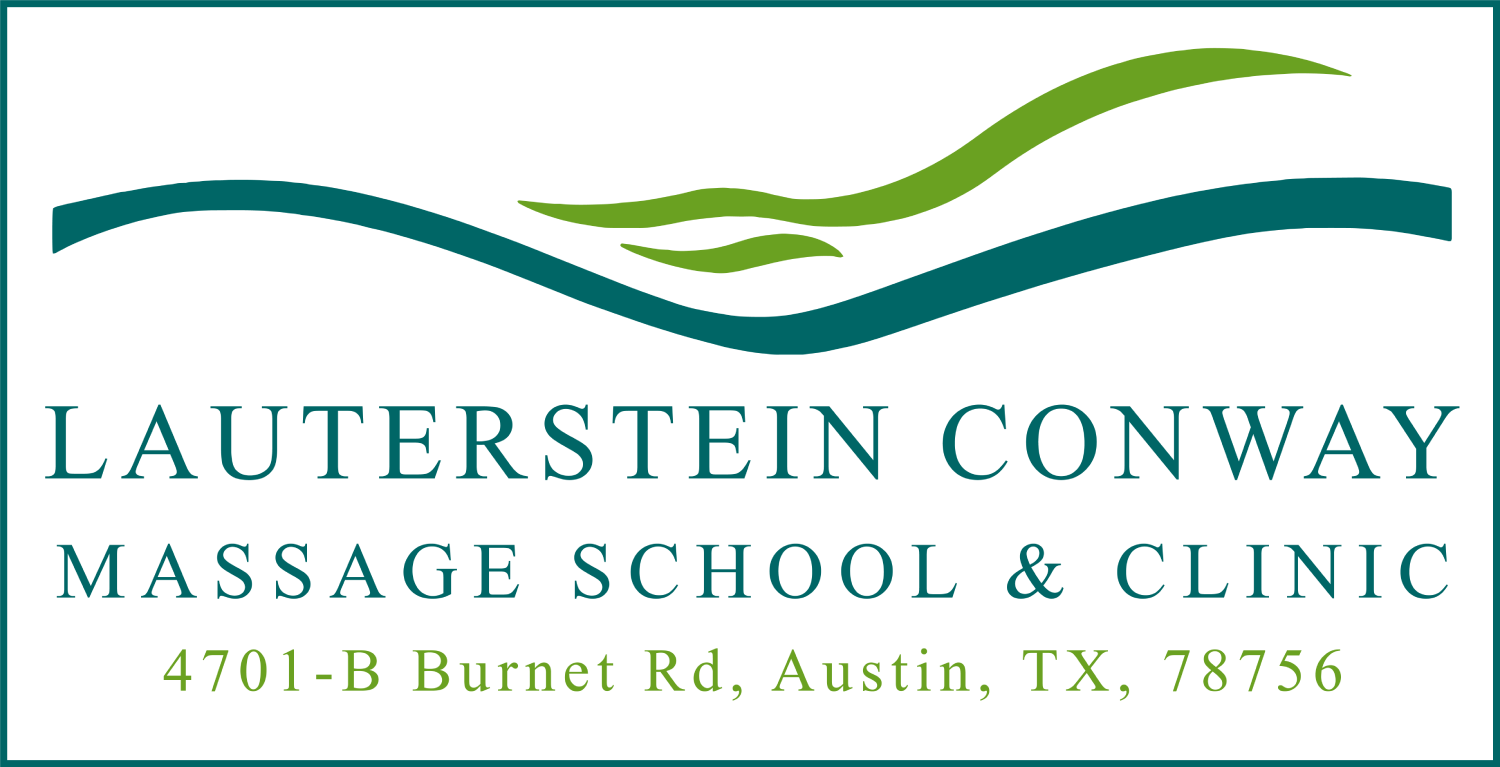A Talk Presented by David Lauterstein at the first National Conference for Teachers of Massage and Bodywork, July 1993
To articulate the past historically does not mean to recognize it “the way it really was”. It means to seize hold of a memory as it flashes up at a moment of danger.
Walter Benjamin – Illuminations
The above quotation may serve to remind us – we are living in a potentially dangerous time. Not to be a spoil sport, but we know that it is reasonable, given the unresolved psychological and ecological issues of humankind, to wonder how and whether we will be around 50-100 years from now. In addition to possible future global dangers, massage therapists and educators are themselves at a great crossroads defining, as we become more accepted and accessible, whether we are really to become part of the medical-industrial establishment or to retain our maverick, holistic feet-in-both camps- status. Frankly, I’m staunchly in the latter camp, believing in the precious natural and spiritual healing legacy of Pehr Henrik Ling, Andrew Taylor Still, Ida Rolf and other great teacher/therapists throughout history. I am firmly convinced, to paraphrase Walter Benjamin, that even the dead will not be safe if the reductive medical model is victorious.
Years ago there was a famous issue of National Geographic magazine containing a lengthy article on the immune system. It aroused in me some sneaking suspicions. It depicted the immune system as an intense and formidable military apparatus with T-cells as tanks and B-cells as anti-personnel weapons, the good solider lymphocytes, the valiant white blood cells all amassed in do-or-die battle against the dreaded pathogens, the NON-SELF substances, the foreign invaders threatening our very boundaries! I thought – just wait a minute! This is b.s. Is health really to be defined as an organism’s success at defending itself against foreign invaders?
At that time I postulated in jest and in hope a much more interesting system, one based on nourishment and love, not on division, conquest or repulsion. This is a complementary system with its own specialized cells, molecular dynamism and organs which splendidly welcomes “outsiders”. I imagined the foreign visitors being offered refreshment. “Some DNA or maybe you would like a phosphate? Or a massage in the interstitial baths or would you like to experience the sublimity of being rocked in the cerebrospinal fluid?”
These thoughts acted as seeds for years of questioning and reflection. Where and how might be this opposite of the immune system? It is still a question which is very much with me.
Sam Keen, the philosopher, said something like anything you can accomplish in one lifetime is probably not worth doing. The most important questions are those in fact which are posed by evolution itself, those which are taking generations of humans and perhaps the evolved spectrum of life millennia to survive, let alone answer. These are truly great questions!
Anyhow, a few years ago, a chiropractor somewhat patronizingly claimed to me that chiropractors were more effective than massage therapists because with their adjustments they worked faster than the stretch reflex could kick in. Somewhat defensively I countered that our work was at least as powerful because we worked slower than the stretch reflex could kick in.
Years later this conversation lit up a big light bulb for me. I was searching for an explanation as to the nature and efficacy of the main touch tool of Zero Balancing, called the “fulcrum”. This is similar to what I and others teach as “melting” or myofascial release in which the therapist presses into the body until he/she feels the beginning of resistance, then waits attentively for a further opening, then adds, as feels appropriate, two or more additional gentle vectors of force. Explained anatomically, I thought, one might say the therapist enters until just the beginning of the stretch reflex, waits for it to fatigue, then softens and lengthens the connective tissue in some relevant directions.
Then suddenly I began to see the stretch reflex as primarily a response to entry into the body, not only as a mechanism designed to prevent the overstretching of joint. A whole new world opened up.
Seen from this perspective, the stretch reflex is a way for the body to repel from its surface things that bump against it too hard or too fast. It serves, in other words, to repel non-self substances. But isn’t that an immune function? Exactly.
The stretch reflex is an immune mechanism repelling non-self input but on such a grand scale that we may want to consider it as part of what I call the “macro-immune system”.
